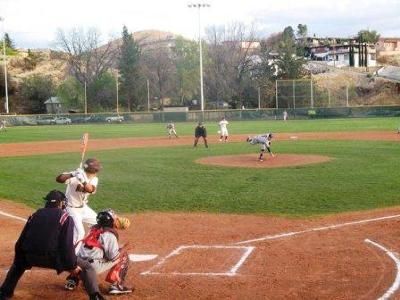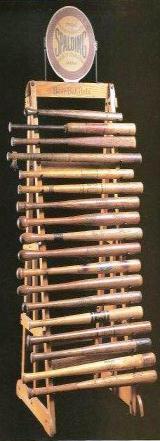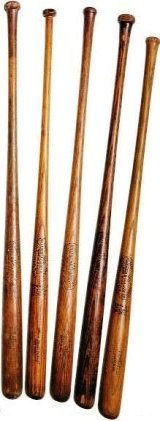Must a catcher throw the ball in an attempt to retire a baserunner before batter interference is called?
by John D
(Colorado)

John D asked:Must a catcher throw the ball in an attempt to retire a baserunner in order for a batter, who steps out of the batter's box and hinders/prevents the throw, to be called and penalized by the ump for batter's interference?
Rick answered: John, thank you for your question.
The rule covering this is 7-3 Art 5, Batting infractions - The batter shall not: Interfere with the catcher's fielding or throwing by:
a. leaning over home plate
b. stepping out of the batter's box
c. making any other movement which hinders actions at home plate or the catcher's attempt to play on a runner, or
d. failing to make a reasonable effort to vacate a congested area when there is a throw to home plate and there is time for the batter to move away.
When there are two outs, the batter is out. When there are not two outs and the runner is advancing to home plate, if the runner is tagged out, the ball remains live and interference is ignored. Otherwise, the ball is dead and the runner is called out. When an attempt to put out a runner at any other base is unsuccessful, the batter is out and all runners must return to bases occupied at the time of the pitch. If the pitch is a third strike and in the umpire's judgement interference prevents a double play ( additional outs ), two may be ruled out.
Based on your question, I would say the situation you are asking about would be a runner on second attempting to steal third, the batter steps back out of the box and is in the catcher's line of throw to third base, the catcher holds the ball and the runner is called safe.
From the picture above, it would play out in this manner.
As the pitch is delivered, the runner on second breaks for third. As the ball reaches the plate, the catcher readies himself to step behind the batter, so he has a clear lane to throw in. The batter at this point has the right to the batter's box.
As the catcher steps behind the batter and prepares to throw, the batter backs out of the box, into the catcher's throwing lane. Whether the catcher throws, or not, batter interference should be called.
If the catcher made no physical attempt to get in position to make that throw, no interference call.
If he attempted to throw through the batter who is standing in the box, he does so at his own risk. The batter has the right to be there.
That said, the batter cannot stay there and attempt to physically create a problem for the catcher by making himself taller, leaning over or back of the plate or in some manner attempting to disrupt the catcher's throw, other than to stay in his stance, take or swing at the pitch.
Yours in baseball,
Rick
|



